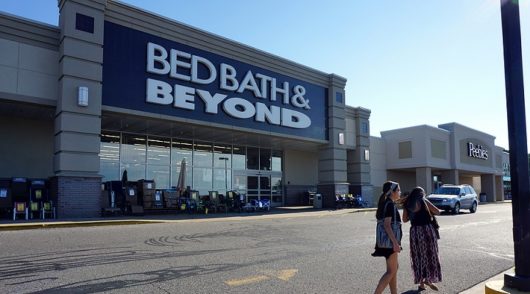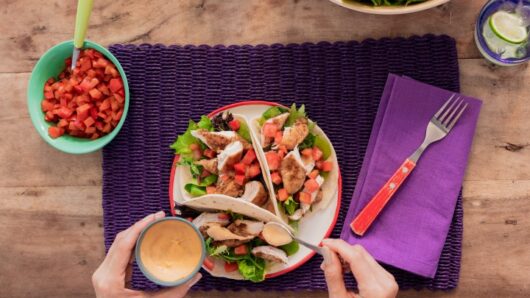 The current corporate earnings season is shaping up to be a good one, with analysts pointing to a positive stream of results untainted by any major nasty surprises as evidence of future strength for Australian companies.
The current corporate earnings season is shaping up to be a good one, with analysts pointing to a positive stream of results untainted by any major nasty surprises as evidence of future strength for Australian companies.
With more than three quarters of companies having reported earnings , analysts have termed the February corporate earnings season as ‘overall positive’.
Despite steady growth and increased shareholder payouts through dividends and capital returns, share price movements have been constrained compared to recent reporting seasons, reflecting the lack of surprises, analysts say.
Following years of patchy growth, there are positive signs in sales being revised upwards, but that has also been accompanied by increases in costs.
This means margins, for most companies, have remained flat or edged lower, according to Credit Suisse Australia equity strategist Hasan Tevfik.
“Top-line revisions have been strong, but costs have also surprised on the upside,” Tevfik said in a note released on Monday.
“The increase in the cost base has been broad based.”
Citi’s head of equity strategy Tony Brennan says overall market earnings growth certainly hasn’t been stellar.
“Most companies have either reaffirmed guidance or upgraded it slightly, with fewer downgrading,” he said.
“Yet, earnings isn’t overly strong, and market net profit growth seems to be slowing to 4 per cent.”
Brennan estimates only a quarter of companies outside resources are on track for a fall in earnings in the 2018 financial year.
But that also reveals weaker growth in some of the larger, more concentrated sectors such as banks, telecoms, insurers and supermarkets.
In sector terms, the building materials, engineering, food and beverages, and utilities classes have seen a solid lift in sales ahead of costs.
But competitive pressures and operating challenges have weighed heavily in discretionary and food retailing sectors as well as in telecoms.
Shareholders have had reason to celebrate, with Australian companies guiding to a total $500 million increase in dividends and up to $1.7 billion in buybacks by June 2018, according to Credit Suisse calculations.
Major contributors to this upsurge include BHP Billiton, which sharply boosted dividends, Crown announcing a larger-than-expected dividend after solid earnings, and a stronger capital position supporting IAG’s dividend increase.
“This underlines the strength of Australian balance sheets and fortunately robust cash-flows,” Tevfik says in a report.
“The reporting period provides us with more confidence that the ASX 200 index will reach our target of 6500 by year-end.”
David Jones’ half-year operating profit fell 37.7 per cent to $66 million, after South-African based parent Woolworths Holdings said that the department stores’ top-line sales fell by 3.8 per cent in the half, while comparable store sales were 3.3 per cent lower.
Super Retail Group reported a 3 per cent decline in net profit to $72.2 million.
Group earnings before interest and tax declined by 1.4 per cent to $113.6 million on the prior corresponding period (PCP), while sales increased by 2.2 per cent to $1.3 billion.
Shops, in-store clinics and emergency hospitals helped pet care retailer Greencross lift its first-half profit 5.9 per cent to $23.2 million.
Online furniture and homewares retailer Temple & Webster unveiled a 84 per cent improvement in its net-losses year-on-year (YoY) for the first-half of fiscal 18, re-affirming its FY19 maiden profit timeline.
Cash Converters exceeded its net profit guidance for the first-half of FY18, but has booked double-digit declines in revenue and earnings compared to the prior-corresponding period (PCP).
Vacuum cleaner specialist Godfreys booked a $58.6 million net loss after tax for the first-half of FY18 after signalling $75.2 million in non-cash impairments earlier this month.
Autobarn owner Bapcor reported a 72.2 per cent increase in net profit to $43.5 million for the first half of FY18, bolstered by trading from the Hellaby Holdings businesses it acquired last January.
Accessories retailer Lovisa delivered double-digit earnings and revenue growth for the first-half of FY18, with international expansion driving a 22.5 per cent increase in net profit to $24.8 million.
The Reject Shop said that the creation of a more compelling offer and removing costs from the business had driven a 1.1 per cent increase in net profit to $17.7 million.
Beacon Lighting reaffirmed its commitment to delivering a record profit in FY18, unveiling a 19.6 per cent increase in net profit after-tax to $122.3 million for the half-year ended 24 December.
Accent Group – formerly RCG Corp – bucked the discretionary retail blues, recording a 19.1 per cent increase in its half-year net profit to $25.2 million.
Billabong International’s half-year net-loss deepened by 29 per cent over the prior period to $18.4 million as momentum in America was more than offset by declining earnings in Europe and Asia Pacific.
Kogan.com posted a near five-fold increase in net profit after tax (NPAT) to $8.3 million for the half-year ended 31 December.
Retail landlord Scentre Group recorded a 41 per cent increase in its 2017 statutory profit to $4.2 billion, driven by rising footfall at shopping centres and retailer demand.
Fellow landlord firm Stockland also announced a positive first-half trading update, with funds from operations (FFO) up 18.2 per cent on the corresponding 1H17 period to $436 million, and an increase in FFO per security of 16.9 per cent on 1H17.
Retail conglomerate Wesfarmers saw its first-half profit drop 86.6 per cent to $212 million, following the $1.3 billion impairments flagged against its ailing hardware UK venture and Target discount department stores.
Net profit after tax (NPAT) for the half also decreased 2.7 per cent to $1,535 million, excluding the impairments, with Coles supermarket earnings before tax falling 14.1 per cent to $790 million following a slowdown in comparable food and liquor sales growth – from 1.3 per cent a year ago to 0.9 per cent.
Meanwhile arch rival Woolworths Group’s half-year net profit from continuing operations increased by 14.8 per cent to $902 million, underpinned by momentum in Australian food sales, which increased by 4.9 per cent.
Access exclusive analysis, locked news and reports with Inside Retail Weekly. Subscribe today and get our premium print publication delivered to your door every week.





